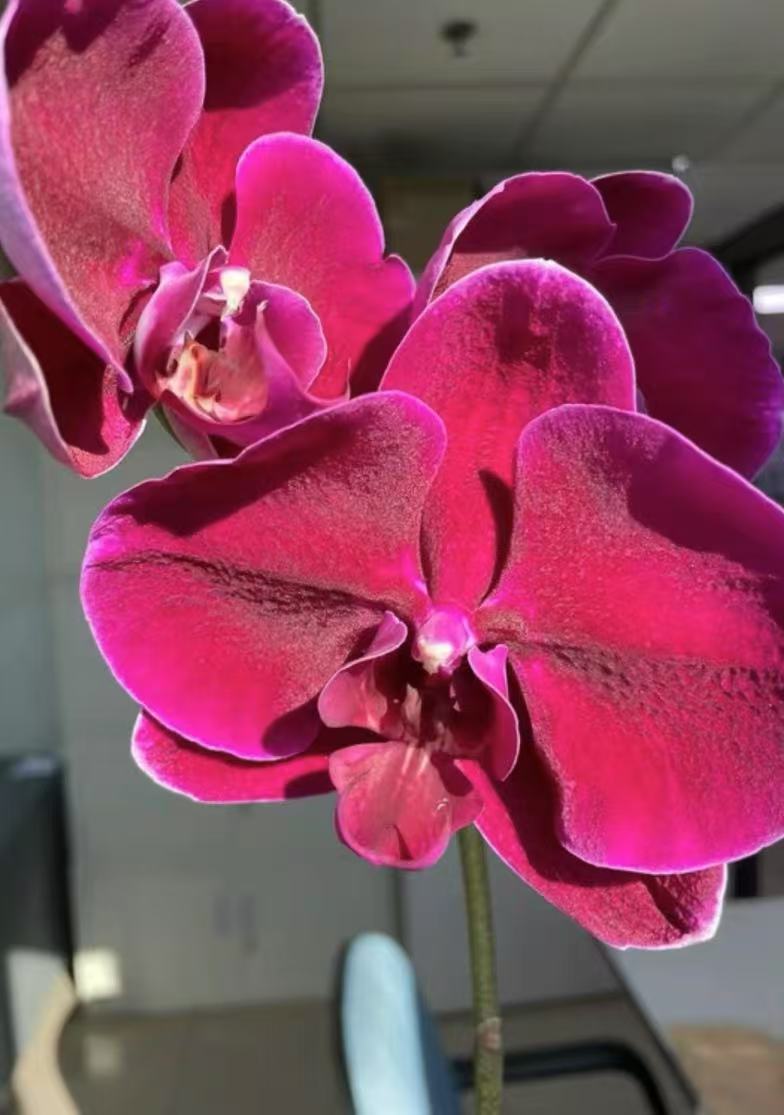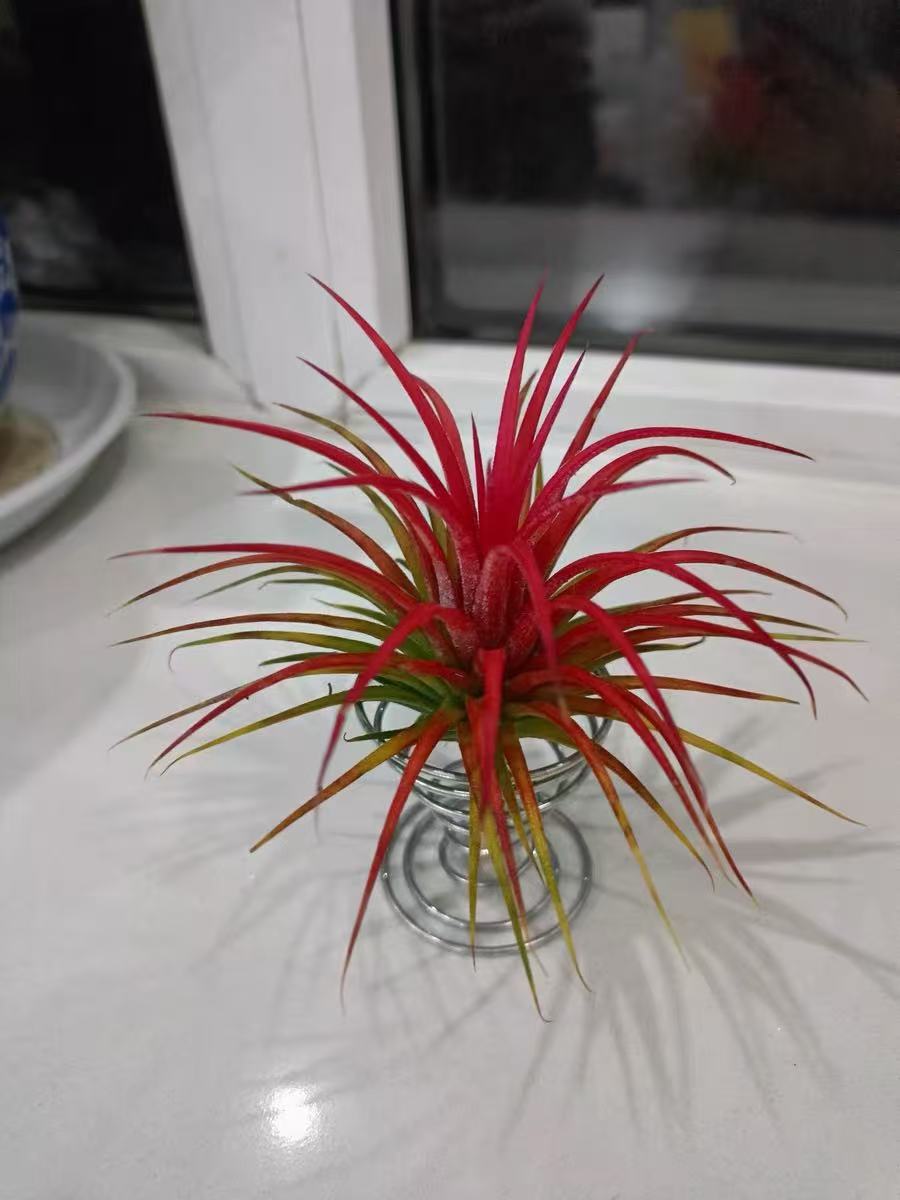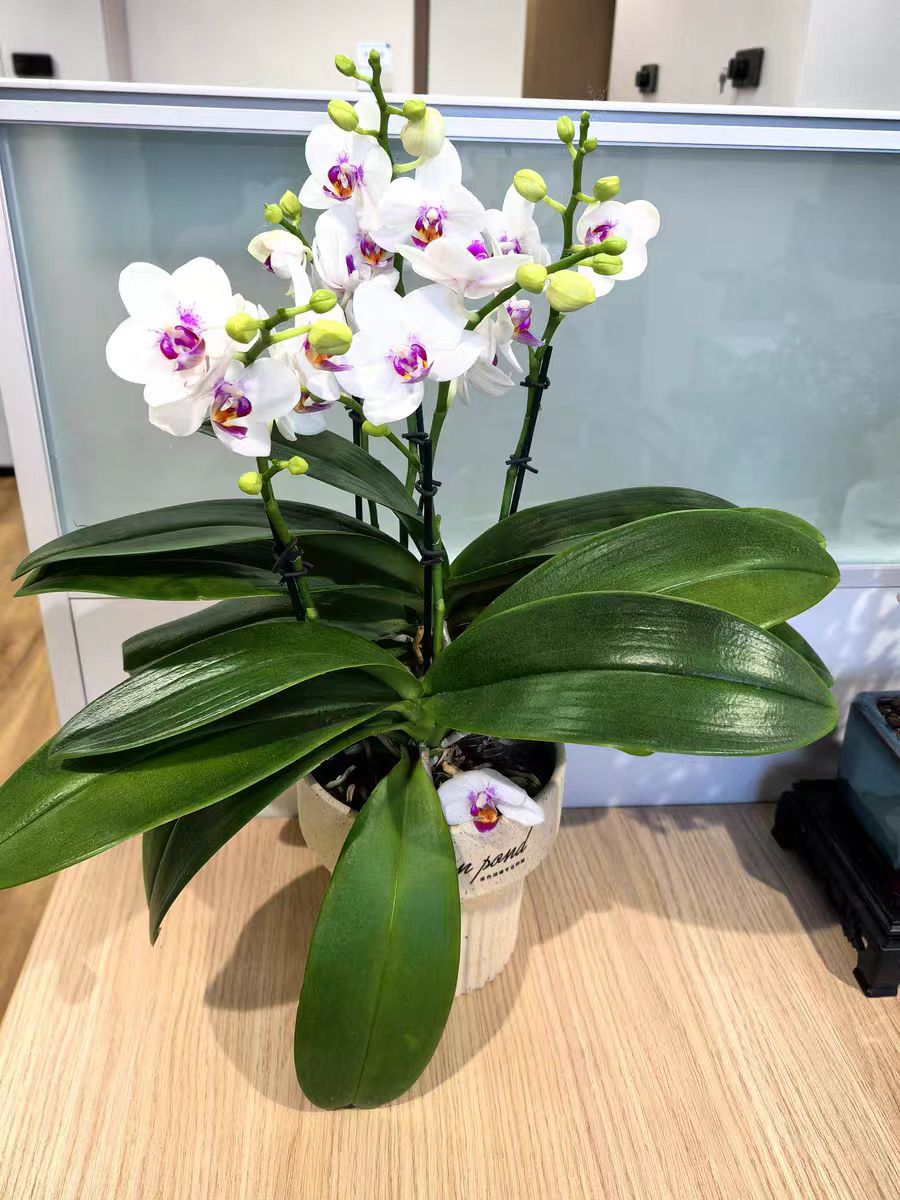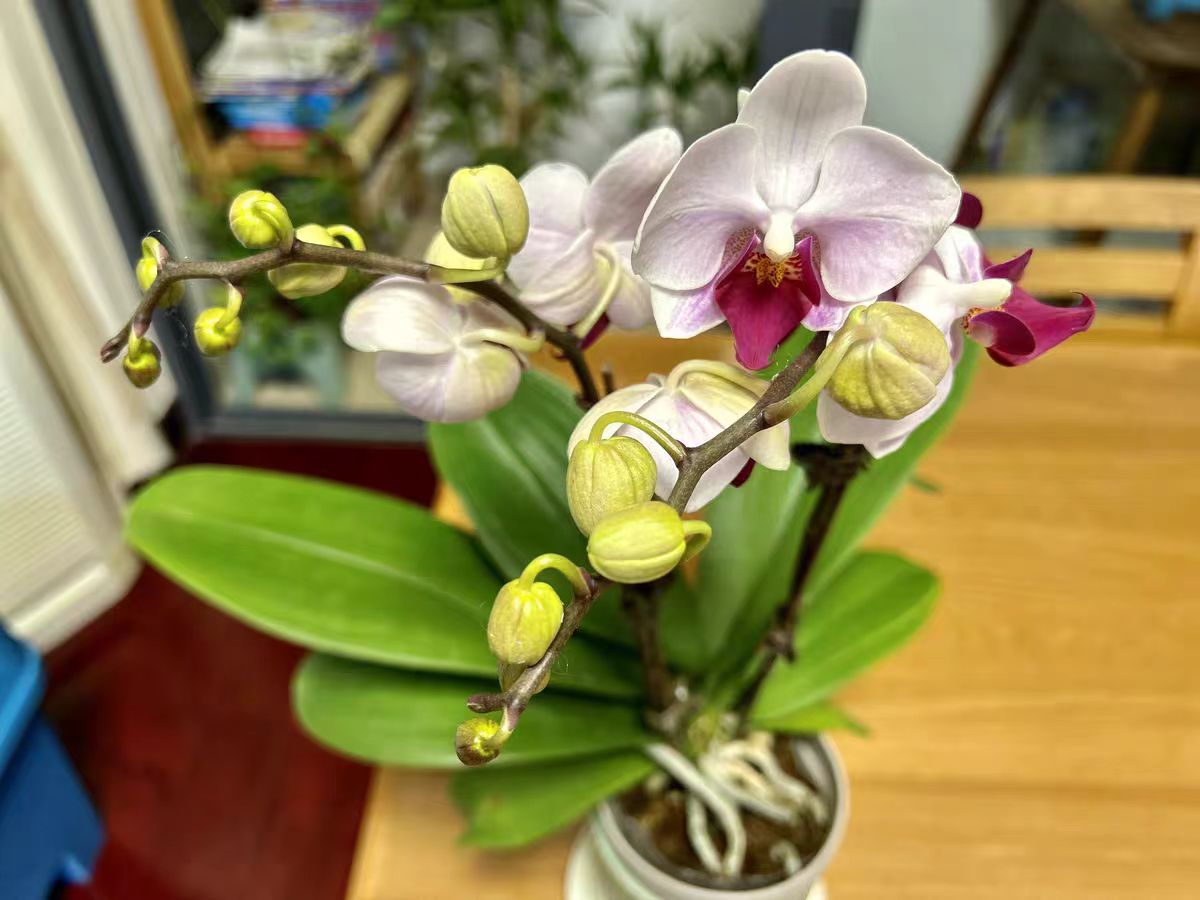Phalaenopsis is a star among orchid plants. Understanding the factors that affect the flowering period of Phalaenopsis and the season during which it blooms can not only help us better appreciate its beauty but also assist cultivators in carrying out scientific maintenance.
Factors Affecting the Flowering Period of Phalaenopsis
Variety Differences: Different varieties of Phalaenopsis have certain differences in their flowering periods. Generally speaking, the flowering period of common Phalaenopsis varieties is about 2 to 3 months. Early-flowering varieties may start to bloom in October each year and continue until February or March of the following year; while the flowering period of late-flowering varieties may start from December and last until March or April. Therefore, choosing varieties suitable for the local climate and season is one of the keys to extending the flowering period of Phalaenopsis.
Temperature Conditions: Temperature is one of the key factors affecting the flowering period of Phalaenopsis. The suitable growth temperature for Phalaenopsis is between 15 and 28°C. When the temperature is too high or too low, it will affect the normal growth and blooming of Phalaenopsis. If the temperature in the maintenance environment remains above 30°C for a long time, the flowering period of Phalaenopsis will be greatly shortened; on the contrary, if the temperature is kept within the suitable range and the temperature difference is small, the flowering period of Phalaenopsis will be correspondingly extended.
Light Conditions: Phalaenopsis prefers a semi-shaded environment and avoids direct sunlight. During the flowering period, an appropriate amount of scattered light can provide sufficient energy for the blooming of Phalaenopsis and extend the flowering period. Usually, it is more appropriate to control the daily light duration at about 3 to 4 hours. If the light is too strong or the light duration is too long, it is likely to cause the flowers to wither prematurely and shorten the flowering period.
Humidity and Ventilation: Phalaenopsis prefers a high-humidity environment, and the air humidity is preferably maintained between 60% and 80%. During the flowering period, if the air is too dry, the flowers will lose water too quickly, resulting in a shortened flowering period. At the same time, good ventilation conditions can reduce the occurrence of diseases and pests, provide a healthy environment for the growth of Phalaenopsis, and help to extend the flowering period.
Fertilization and Watering: Reasonable fertilization and watering management are also important measures to extend the flowering period of Phalaenopsis. Before the flowering period of Phalaenopsis, appropriately increasing the application amount of phosphorus and potassium fertilizers can promote flower bud differentiation and reserve sufficient nutrients for blooming. During the flowering period, the frequency and concentration of fertilization should be reduced to avoid root and flower damage caused by fertilizers. In terms of watering, the medium should be kept moist, but there should be no water accumulation to prevent root rot and affect the flowering period.
The flowering period of Phalaenopsis usually occurs from winter to spring, generally starting from December each year until around March of the following year. However, different environments and maintenance conditions may cause slight changes in the flowering period. In northern regions, due to the cold and dry winter, the growth of Phalaenopsis may be restricted, and the flowering period will be correspondingly shortened. In southern regions, due to the warm and humid climate, the growth environment of Phalaenopsis is more suitable, and the flowering period may be longer. In addition, through careful maintenance and providing suitable growth conditions, the flowering period of Phalaenopsis can also be extended to some extent, allowing these beautiful flowers to bloom in front of our eyes for a longer time.
There are many factors affecting the flowering period of Phalaenopsis, including variety differences, temperature conditions, light conditions, humidity and ventilation, as well as fertilization and watering. The flowering season of Phalaenopsis mainly concentrates from winter to spring. Understanding these factors and seasonal characteristics is helpful for us to better maintain and appreciate this beautiful flower.
What are the factors that affect the flowering period of Phalaenopsis?

Share with
Tagged in :




Leave a Reply